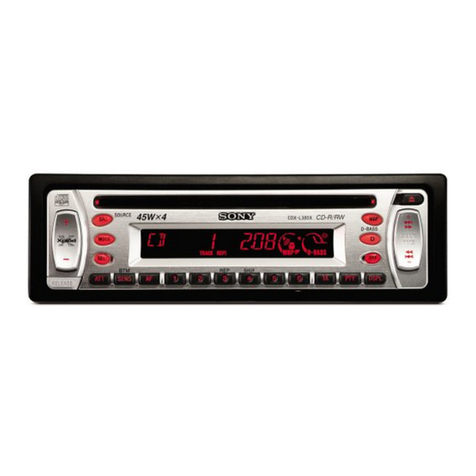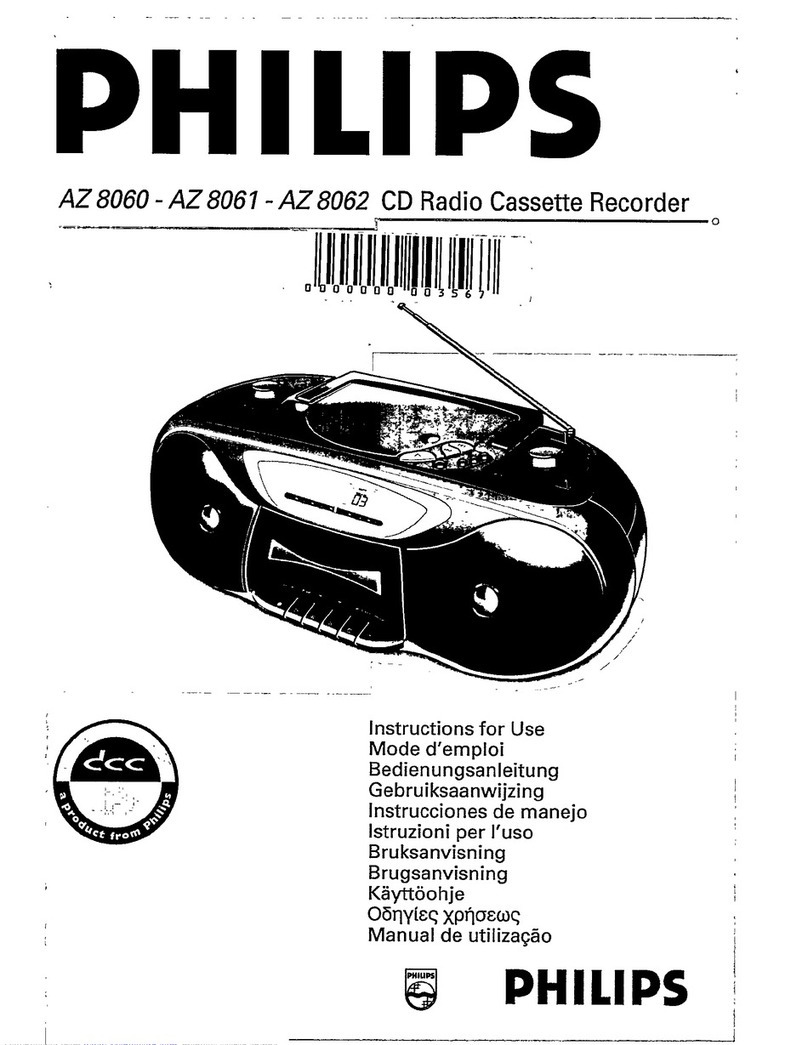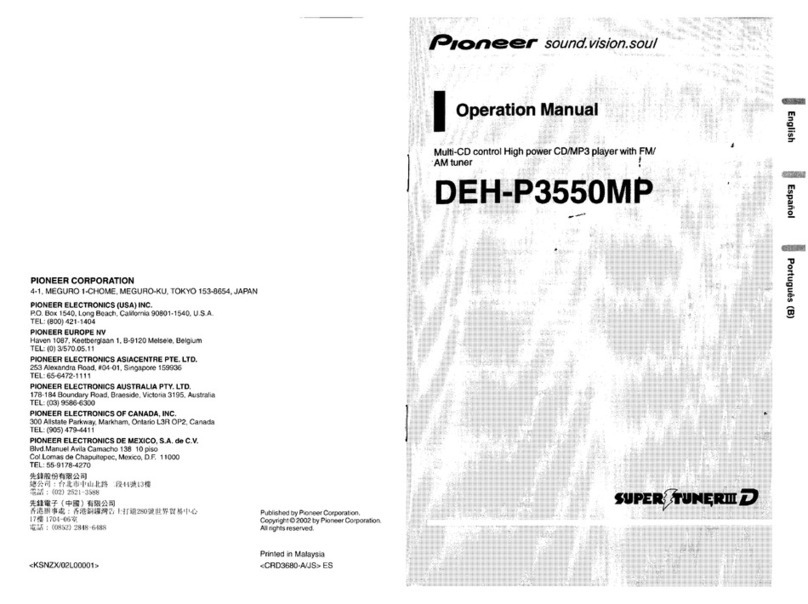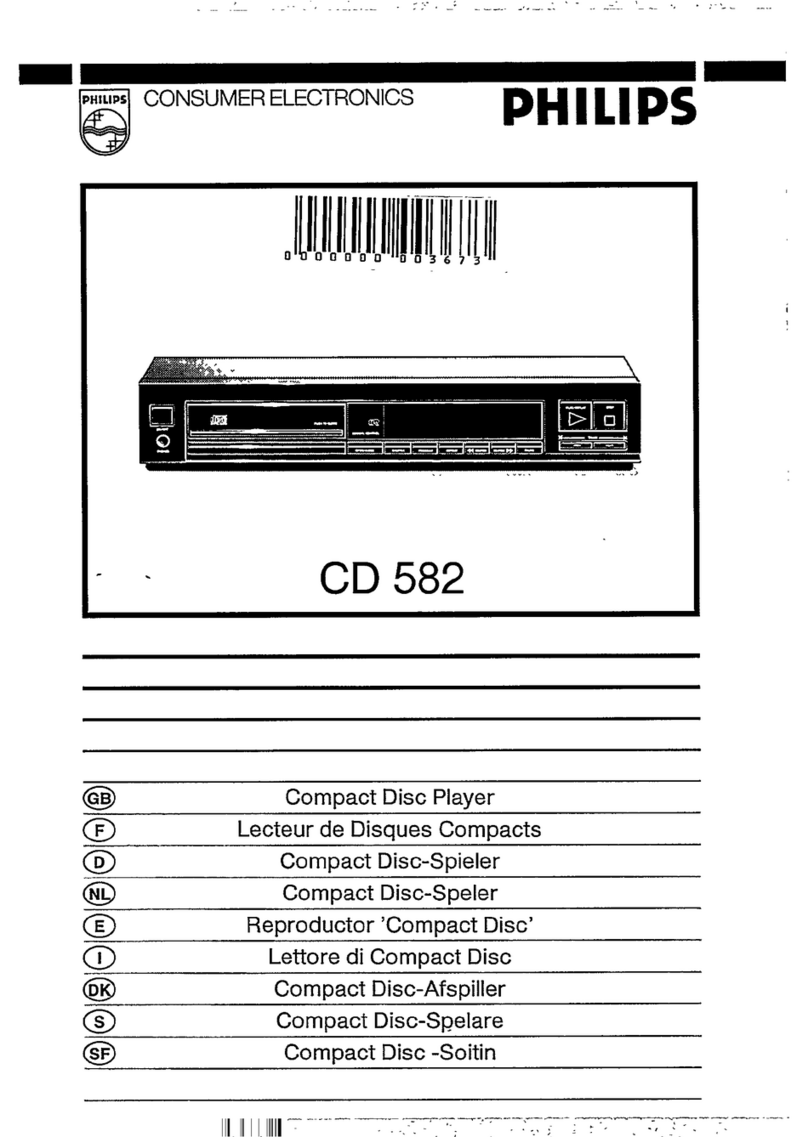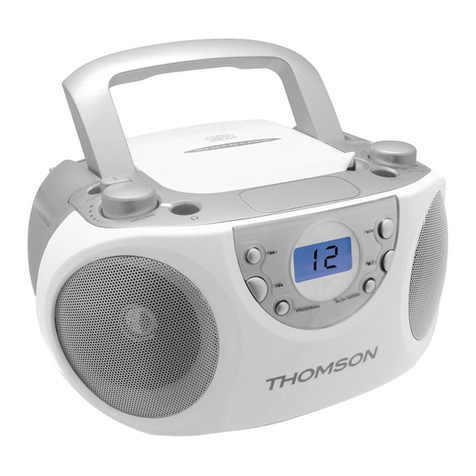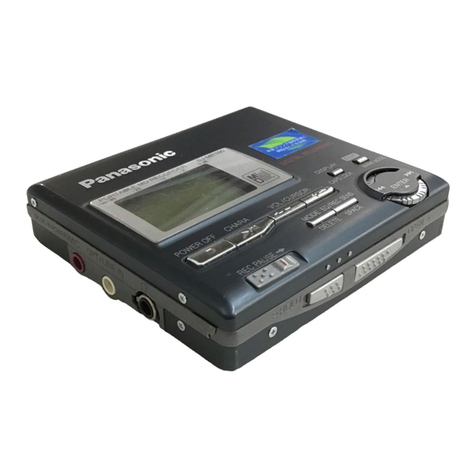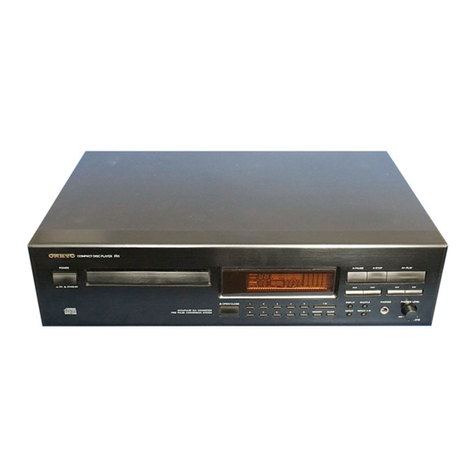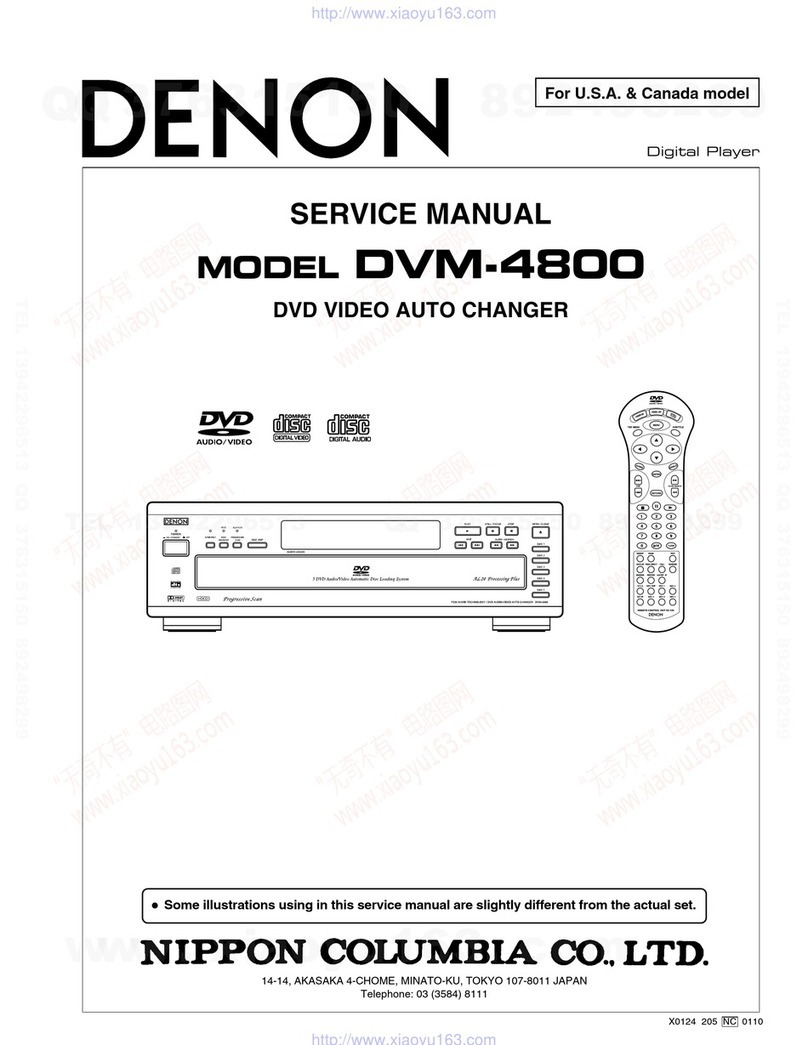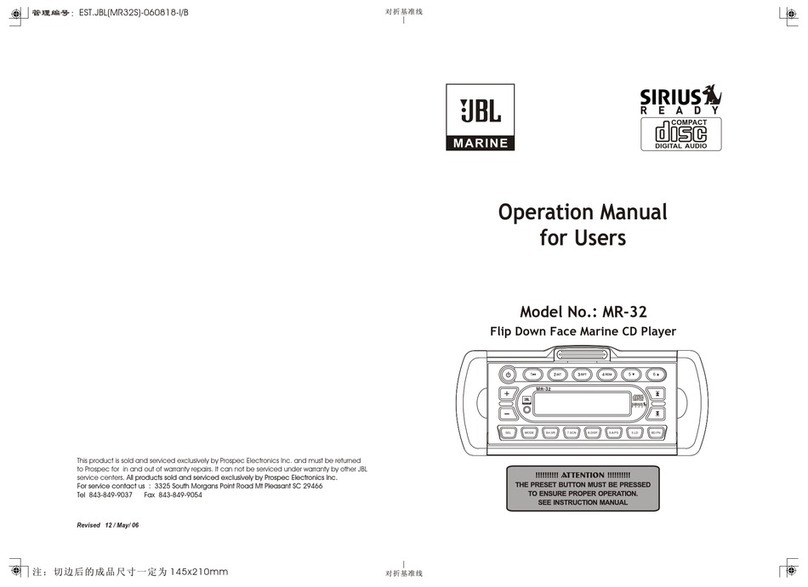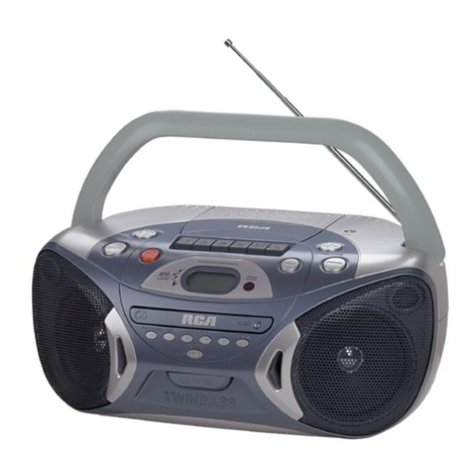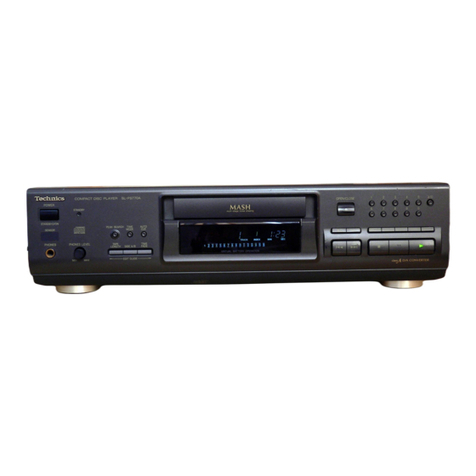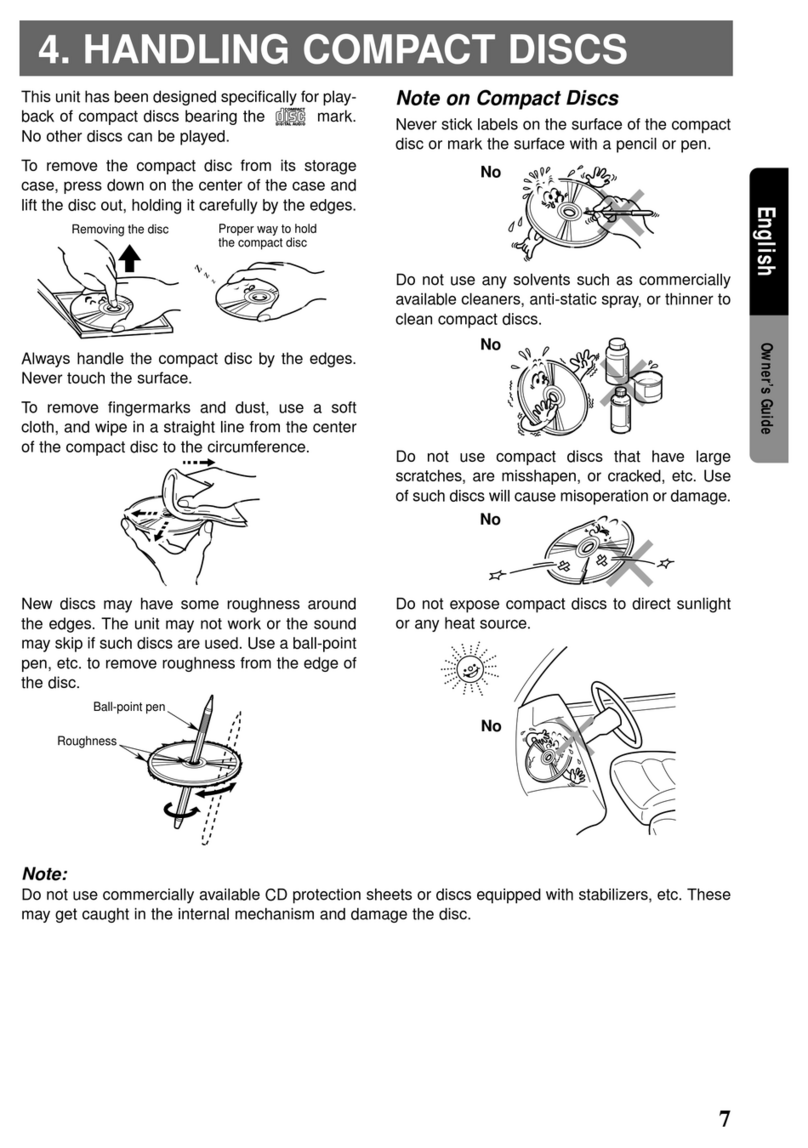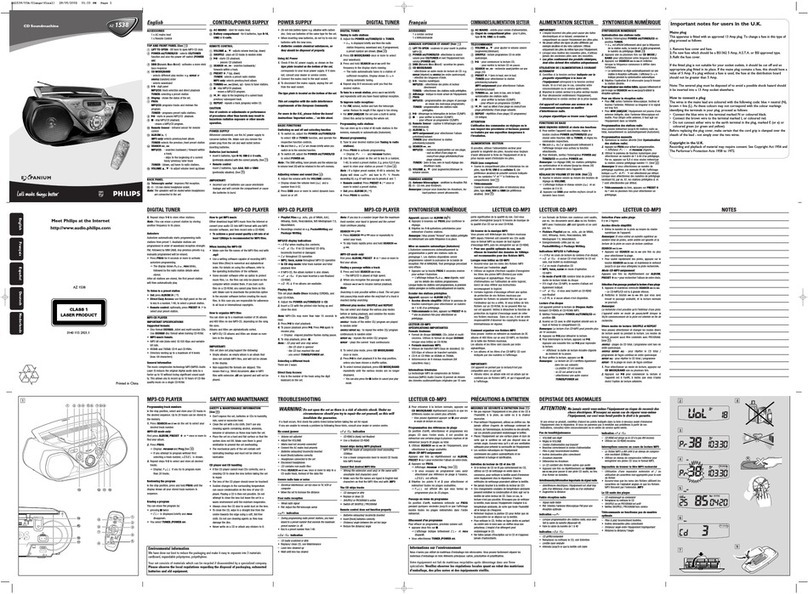Sony Disman D-25 User manual
Other Sony CD Player manuals

Sony
Sony CFD-V7 User manual

Sony
Sony CDX-T69 User manual
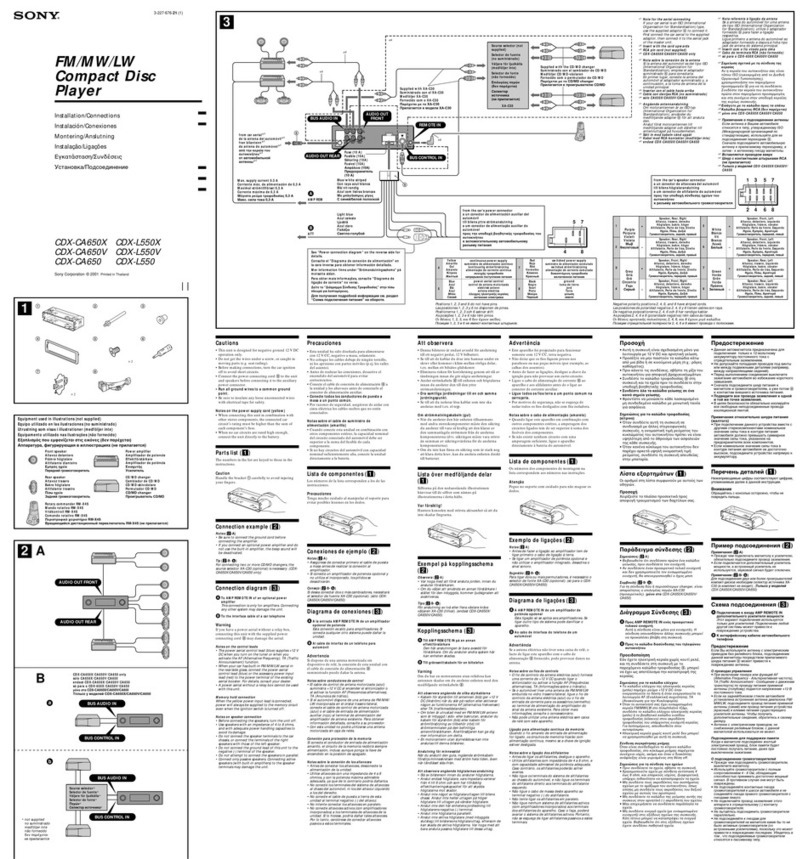
Sony
Sony CDX-CA650X - Fm/am Compact Disc Player Product guide

Sony
Sony D-NE710 - ATRAC3/MP3 CD Walkman Portable Disc... User manual

Sony
Sony Argentina HCD-EC590 User manual
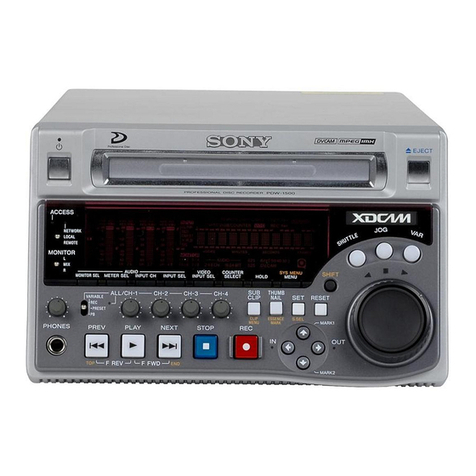
Sony
Sony XDCAM PDW-1500 User manual
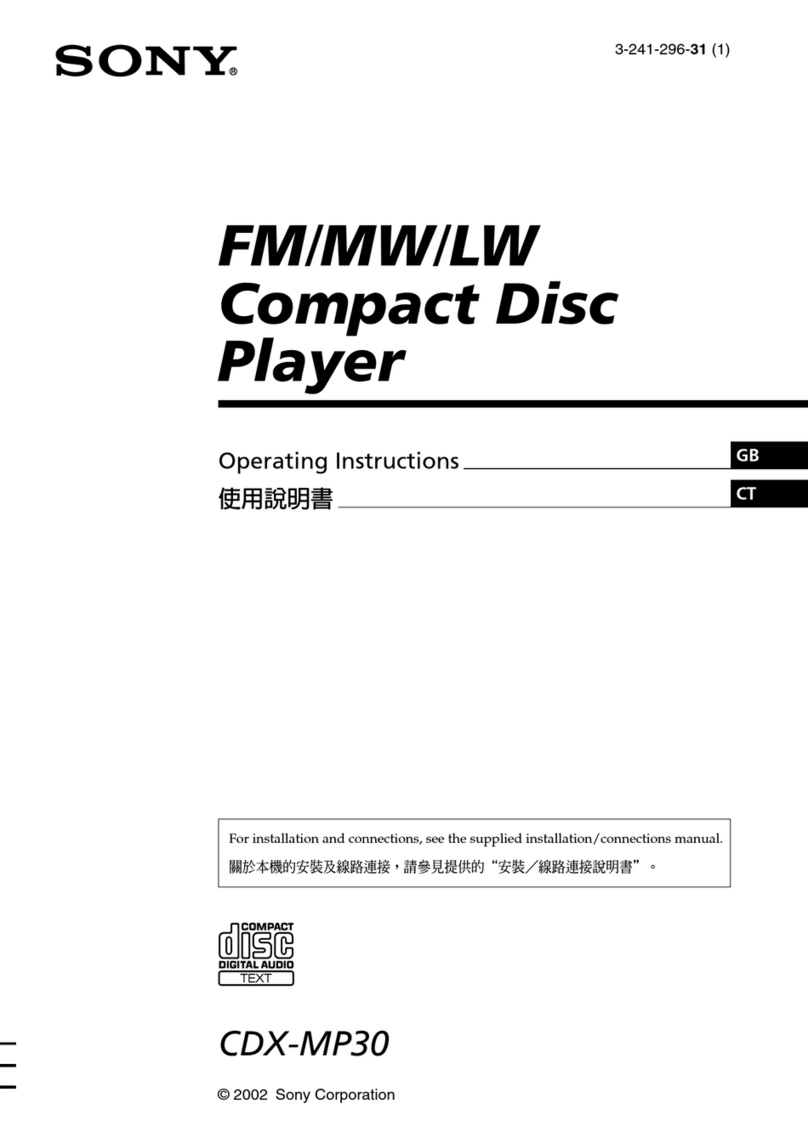
Sony
Sony CDX-MP30 User manual
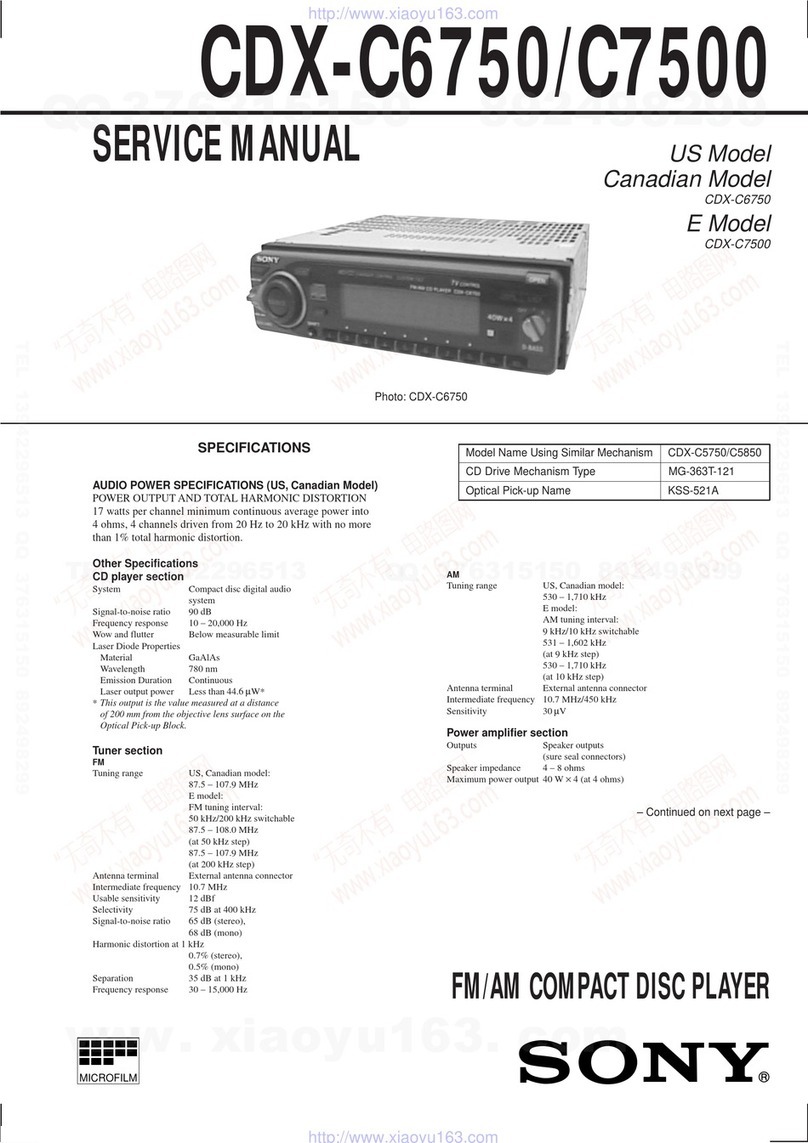
Sony
Sony CDX-C6750 User manual

Sony
Sony Sports D-FS18 User manual

Sony
Sony CDX-RA700 - Motorized Synchro-flip Detachable... User manual
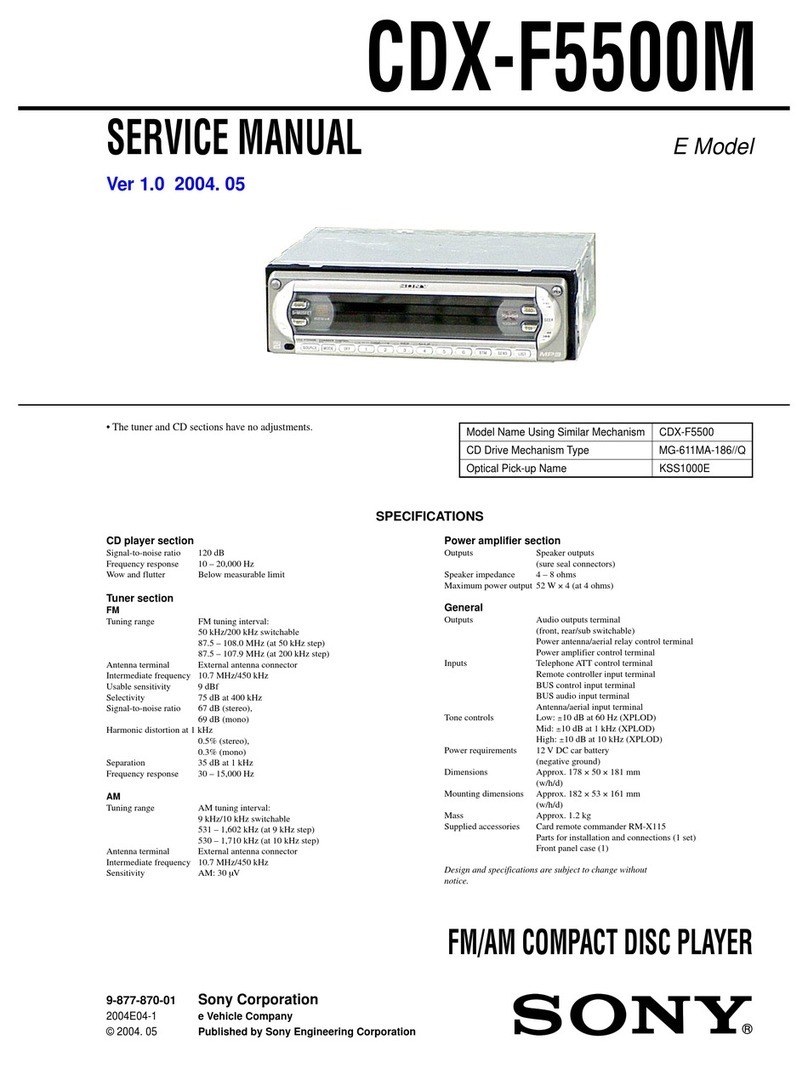
Sony
Sony CDX-F5500M User manual
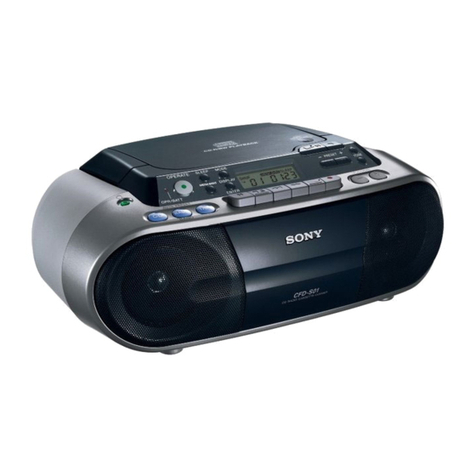
Sony
Sony CFD-S01 User manual
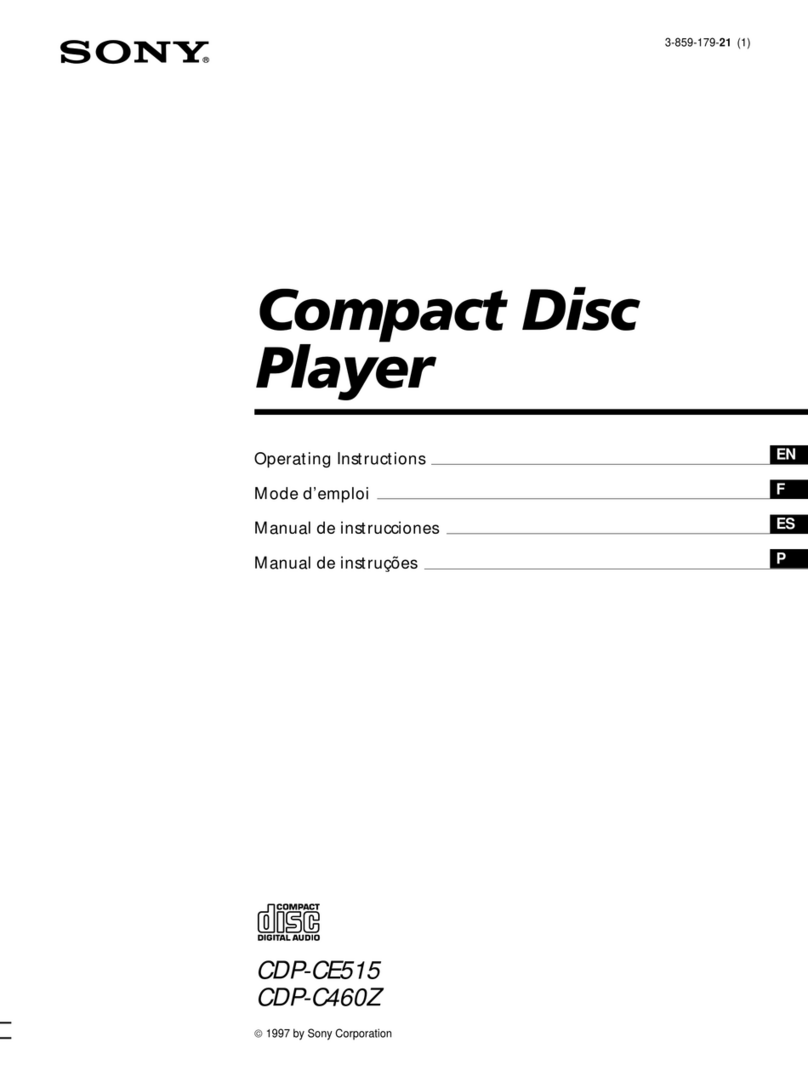
Sony
Sony CDP-CE515 User manual

Sony
Sony CDX-GT540UI User manual
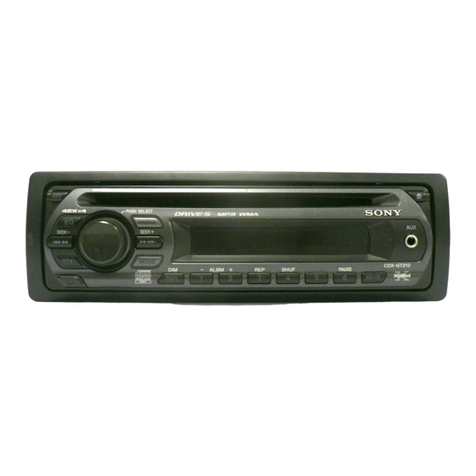
Sony
Sony CDX CDX-GT210 User manual
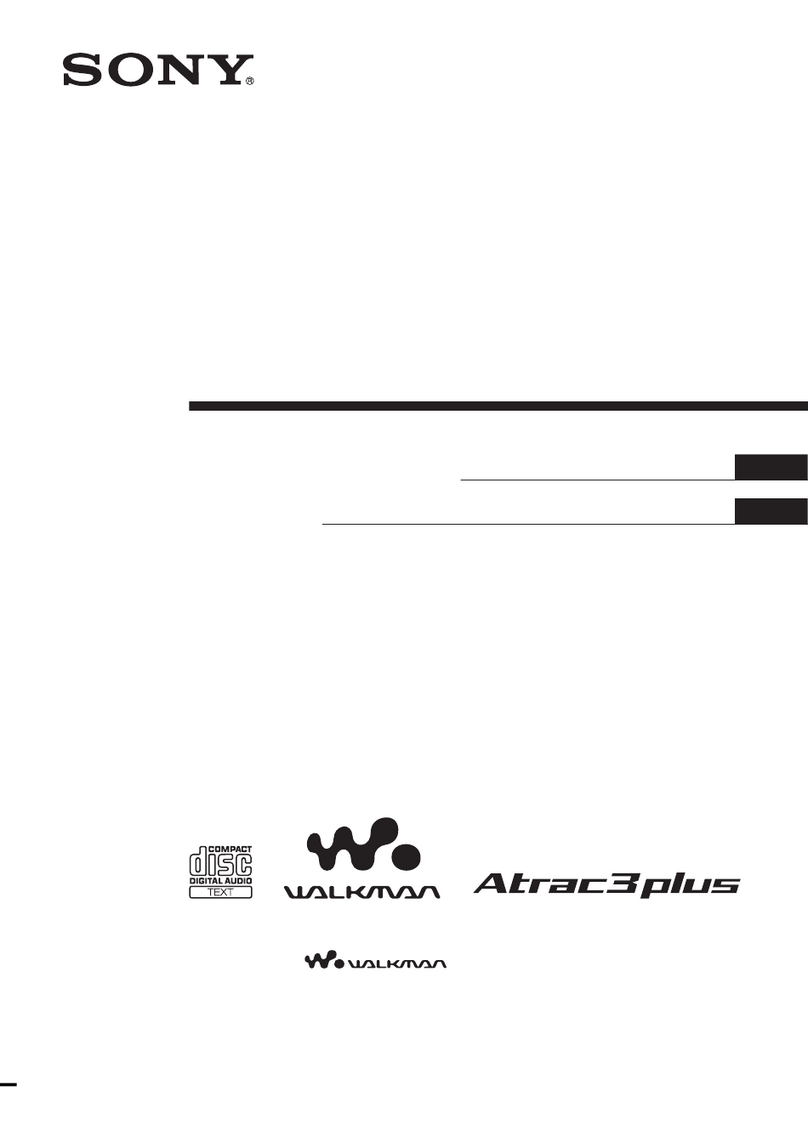
Sony
Sony Walkman D-NE511 User manual
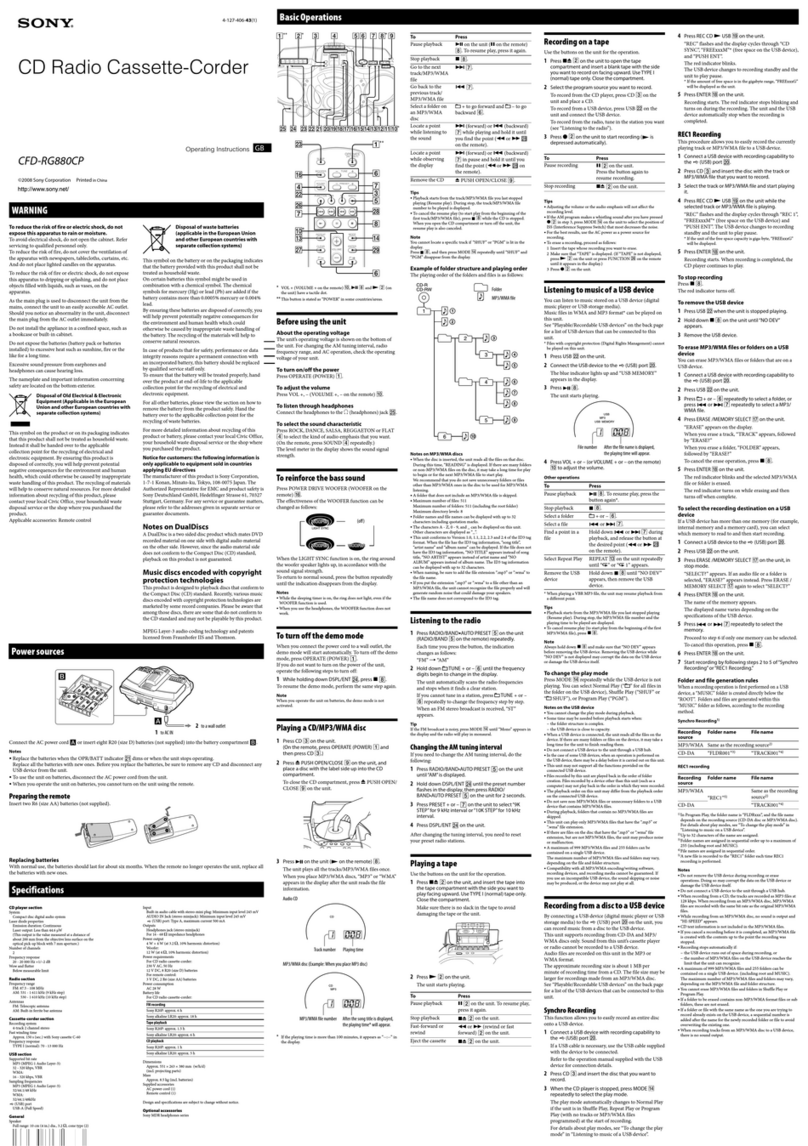
Sony
Sony CFD-RG880CP User manual

Sony
Sony MD Walkman MZ-R91 User manual

Sony
Sony D-NE710 - ATRAC3/MP3 CD Walkman Portable Disc... User manual
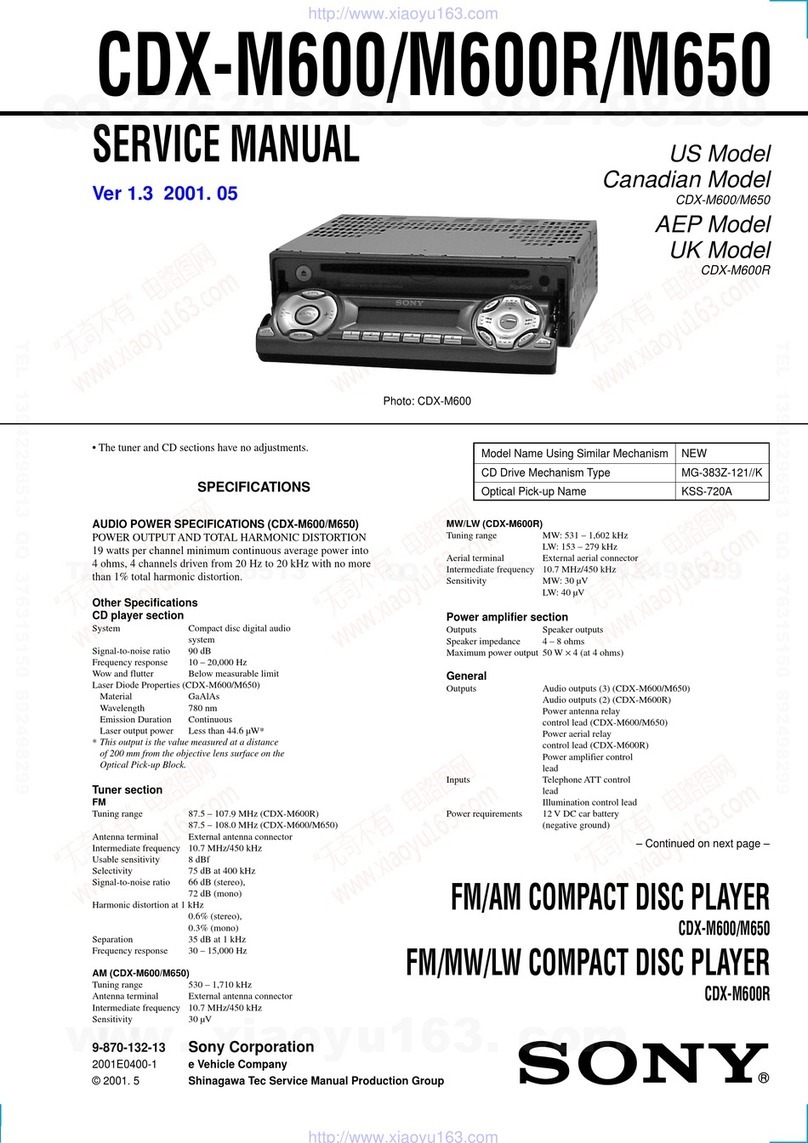
Sony
Sony CDX-M600 - Fm/am Compact Disc Player User manual
